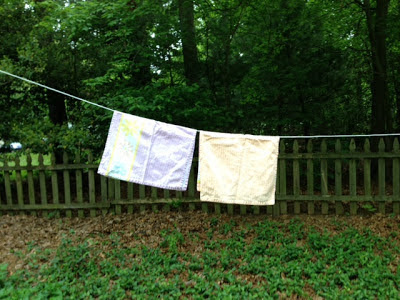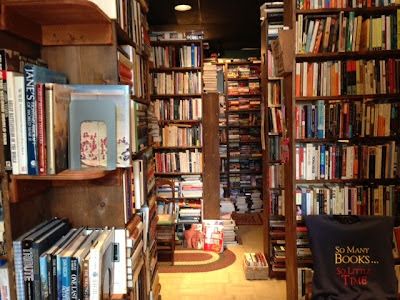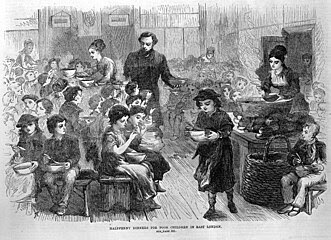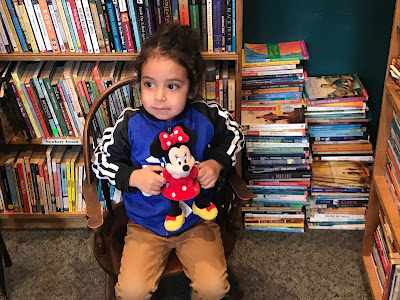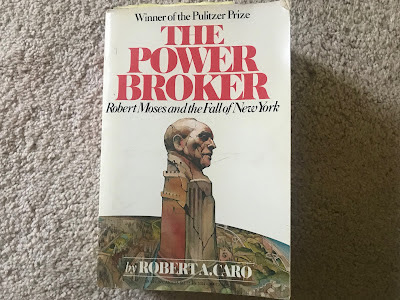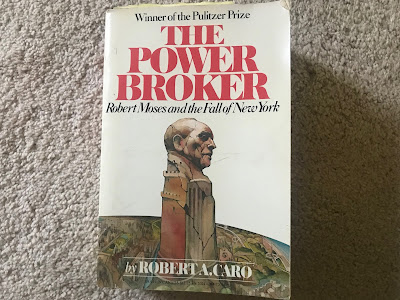Laundry Day
“Perhaps the job most loathed by Victorian womanhood was doing the laundry,” Ruth Goodman writes in How to be a Victorian, which I mentioned a few days ago.
As I sort through my own darks and lights, I can’t help but think about how differently my laundry day will proceed from that of the Victorian woman’s. Hers would have started on Saturday, when the soaking began.
More than 36 hours later she’d begin hauling and heating the water to eke out suds from the harsh soaps of the day, then stirring and agitating the clothes in a tub with a dolly stick (a plunger-like item) to remove the dirt. If she was lucky and had a wringer, she’d remove water from the clothes that way; otherwise, she’d wring them by hand. This would repeat through a couple of rinses, of course. In between she would have to carry large tubs of water in and out of what was most likely a cramped, dark kitchen. Only then could she hang the clothes up to dry.
Laundry took up so much space and water-heating capabilities that the family would have a cold supper on laundry day, relying on leftovers from what was usually a larger meal on Sunday.
Goodman says that her own historical laundry experiences lead her to see the automatic washing machine as “one of the great bulwarks of women’s liberation, an invention that can sit alongside contraception and the vote in the direct impact it has had on changing women’s lives.”
